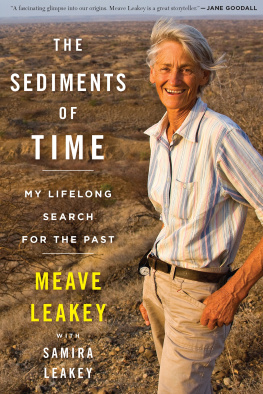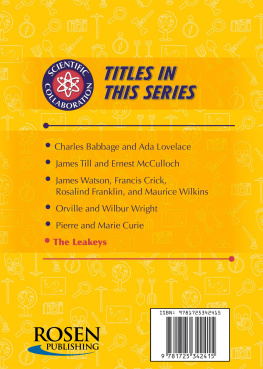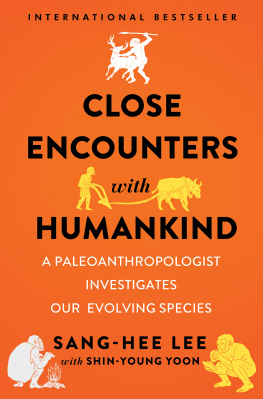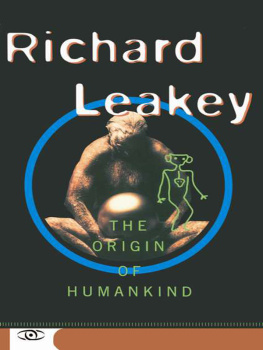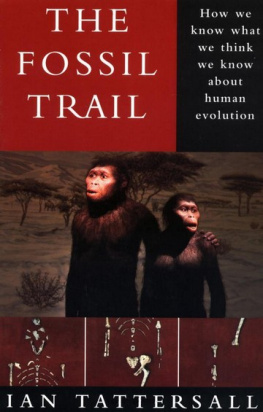Copyright 2020 by Meave Leakey and Samira Leakey
All rights reserved
For information about permission to reproduce selections from this book, write to or to Permissions, Houghton Mifflin Harcourt Publishing Company, 3 Park Avenue, 19th Floor, New York, New York 10016.
hmhbooks.com
Library of Congress Cataloging-in-Publication Data
Names: Leakey, Meave G., author. | Leakey, Samira, author.
Title: The sediments of time : my lifelong search for the past / Meave Leakey with Samira Leakey.
Description: Boston : Houghton Mifflin Harcourt, 2020. | Includes bibliographical references and index.
Identifiers: LCCN 2019050624 (print) | LCCN 2019050625 (ebook) | ISBN 9780358206675 (hardcover) | ISBN 9780358308942 | ISBN 9780358311799 | ISBN 9780358171911 (ebook)
Subjects: LCHS : Leakey, Meave G. | PaleoanthropologistsGreat BritainBiography. | Women anthropologistsGreat BritainBiography. | PaleoanthropologyHistory.
Classification: LCC GN 50.6. L 43 L 43 2007 (print) | LCC GN 50.6. L 43 (ebook) | DDC 599.9092 [ B ]dc23
LC record available at https://lccn.loc.gov/2019050624
LC ebook record available at https://lccn.loc.gov/2019050625
Illustrations by Patricia J. Wynne 2020 by Houghton Mifflin Harcourt
eISBN 978-0-358-17191-1
v1.1020
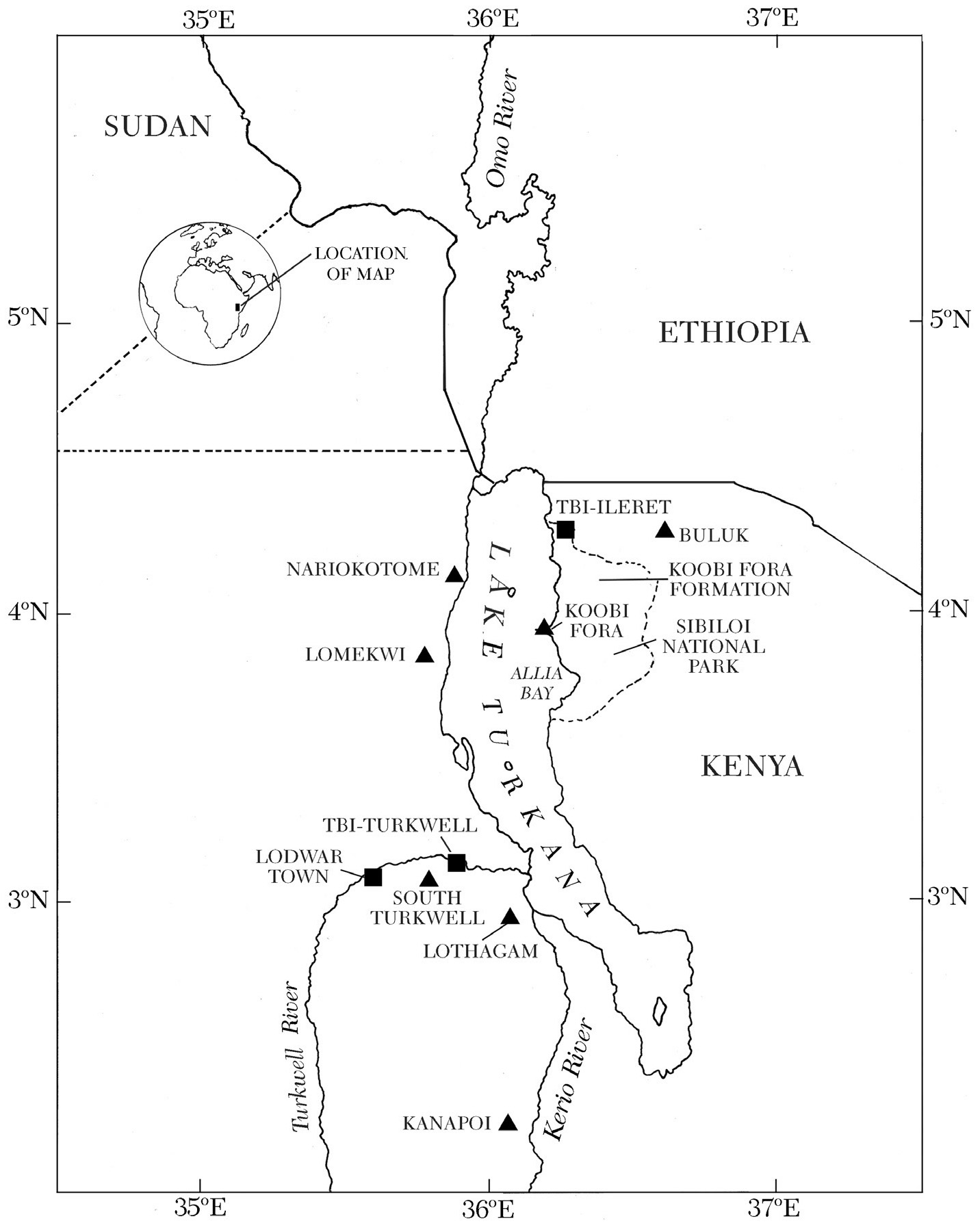
Prologue
Never before has a species been as intelligent as we are or as able to achieve the technological innovations that we have. We can plumb the depths of the oceans and penetrate far into space. We can understand the smallest particles that make up matter and probe the farthest planets in the galaxies. New innovations, new theories, and new breakthroughs are reported every day. We have better communication tools than ever before. With the advent of the Internet and the power of our smartphones and social media, we can communicate with almost every individual on the planet, and we know what is happening everywhere in the world almost as soon as it happens in real time. This is truly extraordinary.
The earliest stone tools were first fashioned more than three million years ago, but the wheel was not invented until around 3500 BC. Today, new innovations appear with increasing rapidity and complexity; the first landing on the moon was in 1969, now we can land on Mars and explore the far reaches of space. In 2017, the international collaboration between two hundred scientists and the combined magnification power of seven telescopes spanning the globe culminated in the seemingly impossible: photographing the event horizon of a supermassive black hole at the heart of the Messier 87 galaxy, nearly fifty-five million light-years away from Earth, thus putting proof to what had previously been an abstract theory. And our technological capacity continues to increase at an exponential pace. This potential to achieve such mind-boggling accomplishmentsrelying on the combination of technical knowledge, our capacity for abstract thought, and our ability to work cooperativelyrepresents the pinnacle of our human capabilities.
Our past is full of twists and turns that ultimately led to the species we are today. Our extraordinary accomplishments can be traced back in time through the major milestones of our evolution. The body plan and complex hierarchical social structure of primates provided the latent potential for all the key adaptations that now separate us from other animals. Swings in global climate provided the main impetus for crucial adaptations to occur. Driven by the drying trend towards more open savannah, we left the safety of the trees to begin our bipedal journey, thus freeing our hands for more manipulative tasks. Changes in diet provided the calories necessary to grow our enormously expensive brains to the size they are today.
No part of our evolution could have been anticipated as an obvious outcome of a prior development.

